Home>Health & Lifestyle>Mindfulness & Relaxation Spaces>How To Make Lemon Essential Oil For A Diffuser
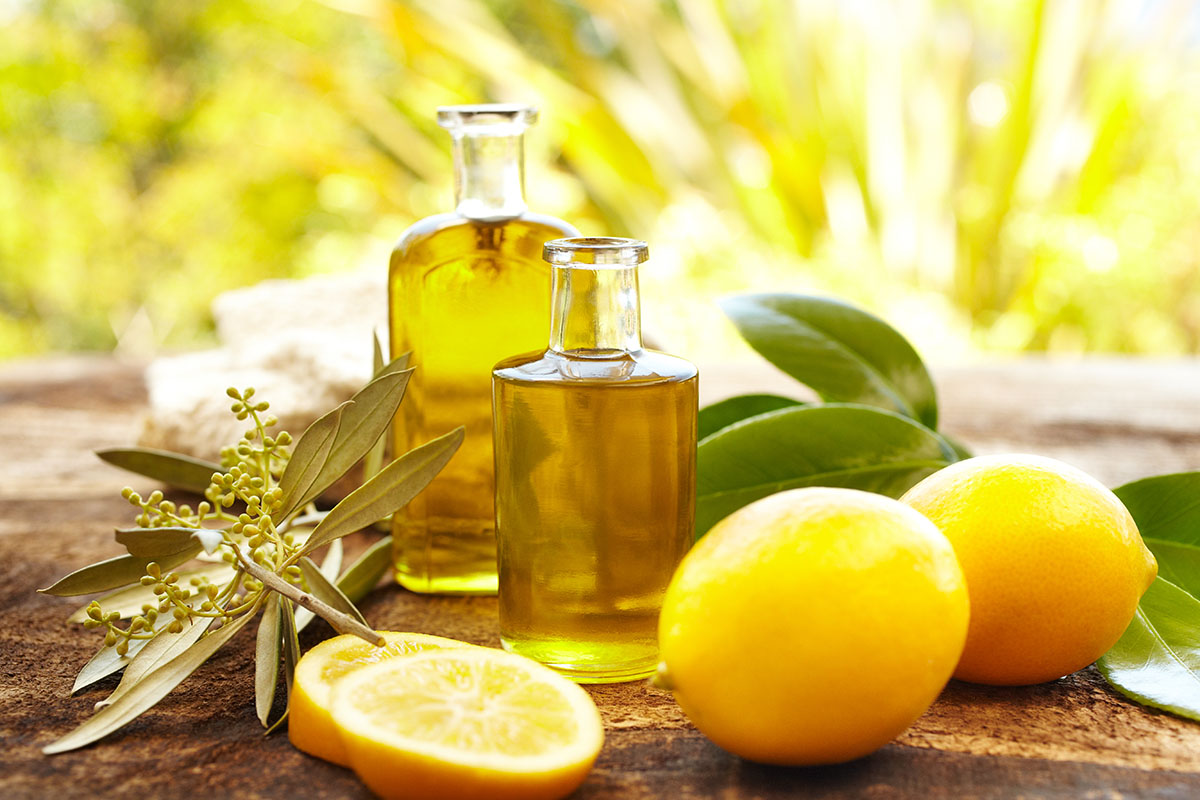

Mindfulness & Relaxation Spaces
How To Make Lemon Essential Oil For A Diffuser
Published: December 24, 2023
Create a calming atmosphere in your mindfulness and relaxation spaces with homemade lemon essential oil for your diffuser. Discover the simple steps to make your own soothing oil blend.
(Many of the links in this article redirect to a specific reviewed product. Your purchase of these products through affiliate links helps to generate commission for Storables.com, at no extra cost. Learn more)
Introduction
In today's fast-paced world, finding moments of tranquility and relaxation is essential for maintaining a healthy and balanced lifestyle. The practice of aromatherapy has gained widespread popularity as an effective method for promoting relaxation, reducing stress, and enhancing overall well-being. One of the most beloved and versatile essential oils used in aromatherapy is lemon essential oil. Its invigorating citrus scent not only uplifts the mood but also possesses numerous therapeutic properties.
Creating your own lemon essential oil for a diffuser is a rewarding and fulfilling process that allows you to harness the natural benefits of this vibrant fruit. By following a few simple steps, you can extract the aromatic essence of lemons and infuse it into a carrier oil, resulting in a delightful and rejuvenating essential oil perfect for diffusing in your living space.
In this comprehensive guide, we will explore the step-by-step process of making lemon essential oil at home, providing you with the knowledge and confidence to embark on this aromatic journey. With a handful of fresh lemons and a bit of patience, you can unlock the refreshing and revitalizing aroma of lemon essential oil, bringing a touch of nature's brightness into your daily life. Let's delve into the art of crafting your very own lemon essential oil for a delightful diffusing experience.
Key Takeaways:
- Create your own lemon essential oil for a diffuser by infusing fresh lemon zest with carrier oil. Enjoy the uplifting and invigorating aroma in your living space for a touch of nature’s brightness.
- Harness the natural benefits of lemon essential oil to promote relaxation, reduce stress, and enhance overall well-being. Craft your own aromatic elixir for a delightful diffusing experience.
What You’ll Need
Before embarking on the journey of creating your own lemon essential oil, it’s important to gather the necessary supplies to ensure a smooth and enjoyable process. Here’s a list of items you’ll need to get started:
- Fresh, organic lemons (preferably unwaxed)
- A vegetable peeler or zester
- Carrier oil (such as sweet almond oil or jojoba oil)
- A clean, airtight glass jar
- A dark glass bottle for storing the finished essential oil
- A fine-mesh strainer or cheesecloth
- A small saucepan
- Airtight containers for storing the finished oil
- A dark, cool place for storage
By ensuring you have these essential items on hand, you’ll be well-prepared to begin the process of extracting the aromatic essence of lemons and creating your own high-quality lemon essential oil. With these simple tools and ingredients, you can infuse your living space with the uplifting and energizing fragrance of lemon, promoting a sense of harmony and well-being in your home.
Step 1: Gather Fresh Lemons
The first and most crucial step in creating lemon essential oil is sourcing fresh, high-quality lemons. When selecting lemons for this process, it’s advisable to choose organic ones, as they are free from synthetic pesticides and waxes that can interfere with the purity of the essential oil. If organic lemons are not available, opt for unwaxed lemons to ensure that the peel is free from any chemical coatings.
When choosing lemons, look for ones that are firm, plump, and have a bright yellow hue. The aroma of the lemon should be rich and fragrant, indicating that the essential oils within the peel are abundant and potent. Additionally, ensure that the lemons are free from blemishes or mold, as these can affect the overall quality of the essential oil.
It’s beneficial to gather a few extra lemons beyond the quantity you initially anticipate needing, as the essential oil extraction process may require more lemons than initially estimated. By having a surplus of lemons on hand, you can ensure that you have an ample supply of fresh peels to extract the essential oil, allowing for a more robust and aromatic final product.
Once you’ve gathered your fresh lemons, take a moment to appreciate their vibrant color and invigorating scent. The journey of creating lemon essential oil begins with this simple yet essential step of selecting the finest lemons, setting the stage for a delightful and aromatic experience that awaits.
Step 2: Prepare the Lemon Peels
With your fresh lemons at the ready, the next step in the process of creating lemon essential oil is to prepare the lemon peels for extraction. The aromatic essential oils that give lemons their distinctive scent are primarily found in the zest, or outermost layer, of the peel. By carefully removing the zest from the lemons, you can capture the essence of this fragrant citrus fruit and begin the journey of crafting your own essential oil.
To prepare the lemon peels, start by thoroughly washing the lemons under cool running water to remove any dirt, residue, or impurities from the surface. Once the lemons are clean, use a vegetable peeler or zester to carefully remove the outermost layer of the peel, taking care to avoid the bitter white pith beneath the zest. The goal is to capture the brightly colored outer layer of the peel, which contains the highest concentration of essential oils and aromatic compounds.
As you zest the lemons, take a moment to inhale the fresh, citrusy aroma that emanates from the vibrant yellow peels. The scent of the lemon zest is a testament to the natural abundance of essential oils contained within, foreshadowing the aromatic delight that awaits as you progress through the oil extraction process.
Once you have carefully removed the zest from the lemons, it’s important to work efficiently to prevent the zest from drying out, as the essential oils are most potent when the zest is fresh. As you proceed to the next steps of infusing the zest with oil, you’ll harness the vibrant essence of the lemon peels, unlocking the full potential of their aromatic bounty.
With the lemon peels expertly prepared, you are now poised to move forward in the journey of creating your very own lemon essential oil, infusing your surroundings with the revitalizing and uplifting fragrance of this beloved citrus fruit.
When making lemon essential oil for a diffuser, use organic lemons for the best quality oil. Wash and dry the lemons thoroughly before extracting the oil to ensure a pure and potent scent.
Step 3: Infuse the Lemon Peels with Oil
As you embark on the next phase of creating lemon essential oil, the process of infusing the freshly prepared lemon peels with oil is a pivotal step that allows the aromatic essence of the citrus fruit to meld with the carrier oil, resulting in a fragrant and potent essential oil.
Begin by placing the lemon zest into a clean, airtight glass jar, ensuring that the zest is fully submerged in the carrier oil of your choice. Popular carrier oils for infusing with lemon zest include sweet almond oil and jojoba oil, both of which possess excellent properties for extracting and preserving the essential oils present in the lemon peels.
As you pour the carrier oil over the lemon zest, take a moment to observe the vibrant infusion of colors, from the sunny yellow zest to the golden hue of the oil. This visual transformation signifies the union of the lemon’s aromatic essence with the nourishing properties of the carrier oil, setting the stage for the development of a beautifully scented and therapeutic essential oil.
Once the lemon zest is immersed in the carrier oil, securely seal the glass jar and place it in a location away from direct sunlight. Allowing the infusion to steep in a cool, dark environment for an extended period will enable the carrier oil to absorb the aromatic compounds from the lemon zest, resulting in a potent and fragrant essential oil over time.
During the infusion process, it’s beneficial to gently agitate the jar every few days to encourage the mingling of the lemon zest and carrier oil, facilitating the extraction of the essential oils from the zest. This attentive approach promotes a thorough and harmonious infusion, ensuring that the resulting essential oil embodies the full spectrum of the lemon’s invigorating fragrance.
As the infusion progresses, the captivating scent of lemon will gradually permeate the carrier oil, imbuing it with the revitalizing and uplifting essence of the citrus fruit. This infusion period marks a transformative stage in the creation of your own lemon essential oil, as the aromatic synergy between the lemon zest and carrier oil unfolds, culminating in a delightful and aromatic elixir that is ready to be savored.
Step 4: Strain the Oil
After allowing the lemon zest and carrier oil infusion to steep for an extended period, the next crucial step in the process of creating lemon essential oil is to strain the oil, separating the infused oil from the spent lemon zest. This careful straining process ensures that the resulting essential oil is pure, free from any solid particles, and ready to impart its invigorating fragrance to your living space.
To begin the straining process, prepare a fine-mesh strainer or a piece of cheesecloth over a clean, dry bowl or glass container. Carefully pour the infused oil through the strainer, allowing the aromatic oil to pass through while capturing the remnants of the lemon zest. As the oil flows through the strainer, take a moment to appreciate the vibrant color and captivating aroma that emanates from the infused oil, a testament to the aromatic bounty that has been captured during the infusion process.
As the oil is strained, gently press the spent lemon zest against the strainer or cheesecloth to extract any remaining oil that may be clinging to the zest. This gentle pressure ensures that the full essence of the lemon zest is captured, maximizing the aromatic potency and quality of the resulting essential oil.
Once the oil has been successfully strained, the spent lemon zest can be set aside for composting or repurposed in culinary endeavors, such as flavoring baked goods or infusing beverages with a hint of citrusy zest. Waste not, want not – the byproduct of the essential oil extraction process can find new life in various creative and sustainable pursuits.
The strained essential oil, now liberated from the spent lemon zest, exudes a vibrant and captivating fragrance, a testament to the natural abundance of the lemon’s aromatic essence. This pure and fragrant elixir is a testament to the meticulous care and attention invested in the creation of your very own lemon essential oil, setting the stage for a delightful and invigorating diffusing experience.
Step 5: Store the Lemon Essential Oil
With the freshly strained lemon essential oil in hand, the final step in the process of creating your own aromatic elixir is to ensure its proper storage, preserving its potency and fragrance for future use. By storing the essential oil in a suitable manner, you can safeguard its aromatic integrity and extend its shelf life, allowing you to enjoy the revitalizing scent of lemon whenever the need arises.
It is essential to transfer the strained essential oil into a dark glass bottle for storage. Dark glass, such as amber or cobalt blue, helps protect the oil from light exposure, which can degrade the quality of the essential oil over time. The use of a dark glass bottle shields the aromatic elixir from harmful UV rays, maintaining its potency and fragrance for an extended period.
When pouring the essential oil into the glass bottle, do so with care and precision, taking note of the captivating color and invigorating aroma that emanates from the oil. The act of transferring the oil into its designated storage vessel marks the culmination of your efforts in creating a high-quality lemon essential oil, ready to infuse your living space with its delightful fragrance.
Once the essential oil is securely housed in the dark glass bottle, ensure that the cap is tightly sealed to prevent air exposure, which can hasten the oxidation of the oil. Store the bottle in a cool, dark place, such as a cupboard or pantry, away from direct sunlight and heat sources. This optimal storage environment helps maintain the aromatic potency and therapeutic properties of the essential oil, ensuring its longevity and efficacy.
As you secure the bottle of lemon essential oil in its designated storage space, take a moment to reflect on the journey that has led to this aromatic creation. The revitalizing essence of lemon is now encapsulated in a bottle, ready to enrich your daily life with its uplifting and invigorating fragrance, a testament to the natural abundance and therapeutic potential of citrus essential oils.
With the essential oil safely stored, you are now equipped to harness the aromatic benefits of your homemade lemon essential oil, infusing your surroundings with the vibrant and refreshing scent of this beloved citrus fruit.
Conclusion
The art of creating your own lemon essential oil for a diffuser is a gratifying and enriching endeavor that allows you to tap into the natural abundance and therapeutic potential of citrus aromatherapy. By following the step-by-step process outlined in this guide, you have embarked on a journey of aromatic discovery, culminating in the creation of a high-quality essential oil that embodies the revitalizing essence of lemons.
From the careful selection of fresh lemons to the meticulous preparation of the lemon peels, the infusion process, and the attentive storage of the essential oil, each step has contributed to the creation of a fragrant and potent elixir that is ready to infuse your living space with its uplifting and invigorating aroma. The journey of crafting your own lemon essential oil is not merely a practical endeavor but a sensorial experience that invites you to connect with the natural world and harness the therapeutic benefits of aromatherapy.
As you diffuse the captivating fragrance of lemon essential oil in your home, take a moment to savor the invigorating scent that permeates the air, uplifting your mood and promoting a sense of harmony and well-being. Whether used for relaxation, meditation, or simply to brighten your surroundings, the aromatic essence of lemon essential oil serves as a delightful companion on your journey to mindfulness and tranquility.
By creating your own lemon essential oil, you have not only cultivated a fragrant and therapeutic elixir but also nurtured a deeper appreciation for the natural gifts that surround us. The vibrant essence of lemons, captured in a bottle of homemade essential oil, serves as a reminder of the beauty and abundance found in the citrus orchards, a testament to the harmonious synergy between nature and well-being.
As you embark on the aromatic journey that awaits, may the revitalizing fragrance of lemon essential oil serve as a source of inspiration, relaxation, and joy, enriching your daily life with its bright and uplifting presence. With each inhalation of its citrusy aroma, may you find moments of tranquility and rejuvenation, embracing the natural splendor of lemon essential oil and the serenity it brings to your mindful spaces.
Frequently Asked Questions about How To Make Lemon Essential Oil For A Diffuser
Was this page helpful?
At Storables.com, we guarantee accurate and reliable information. Our content, validated by Expert Board Contributors, is crafted following stringent Editorial Policies. We're committed to providing you with well-researched, expert-backed insights for all your informational needs.
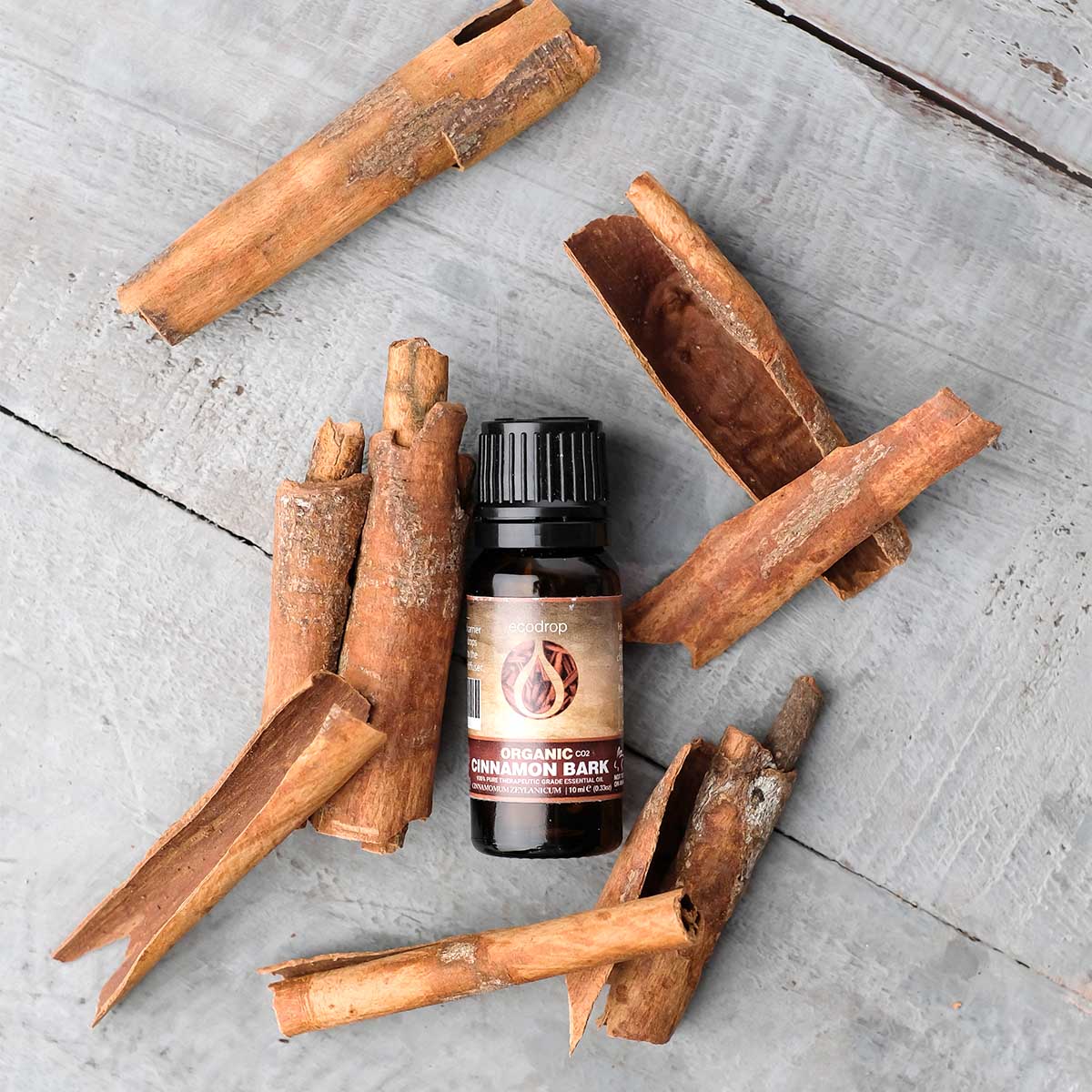
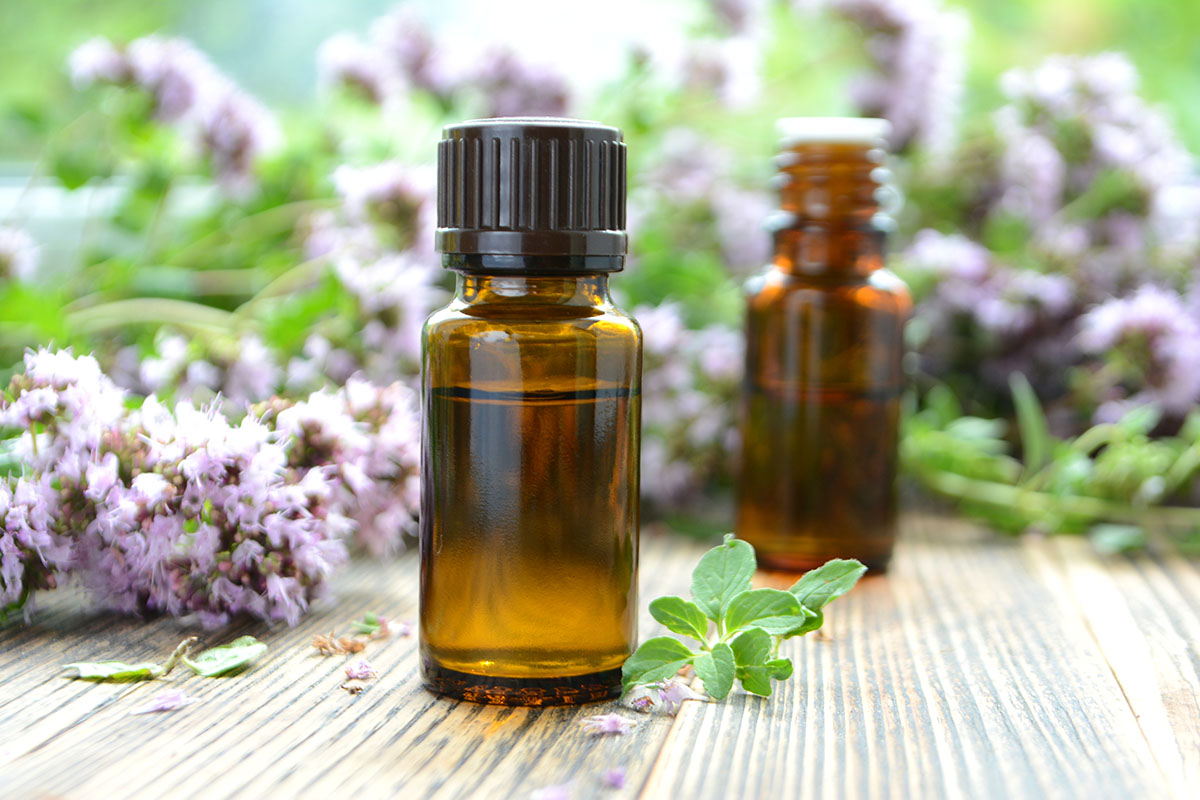
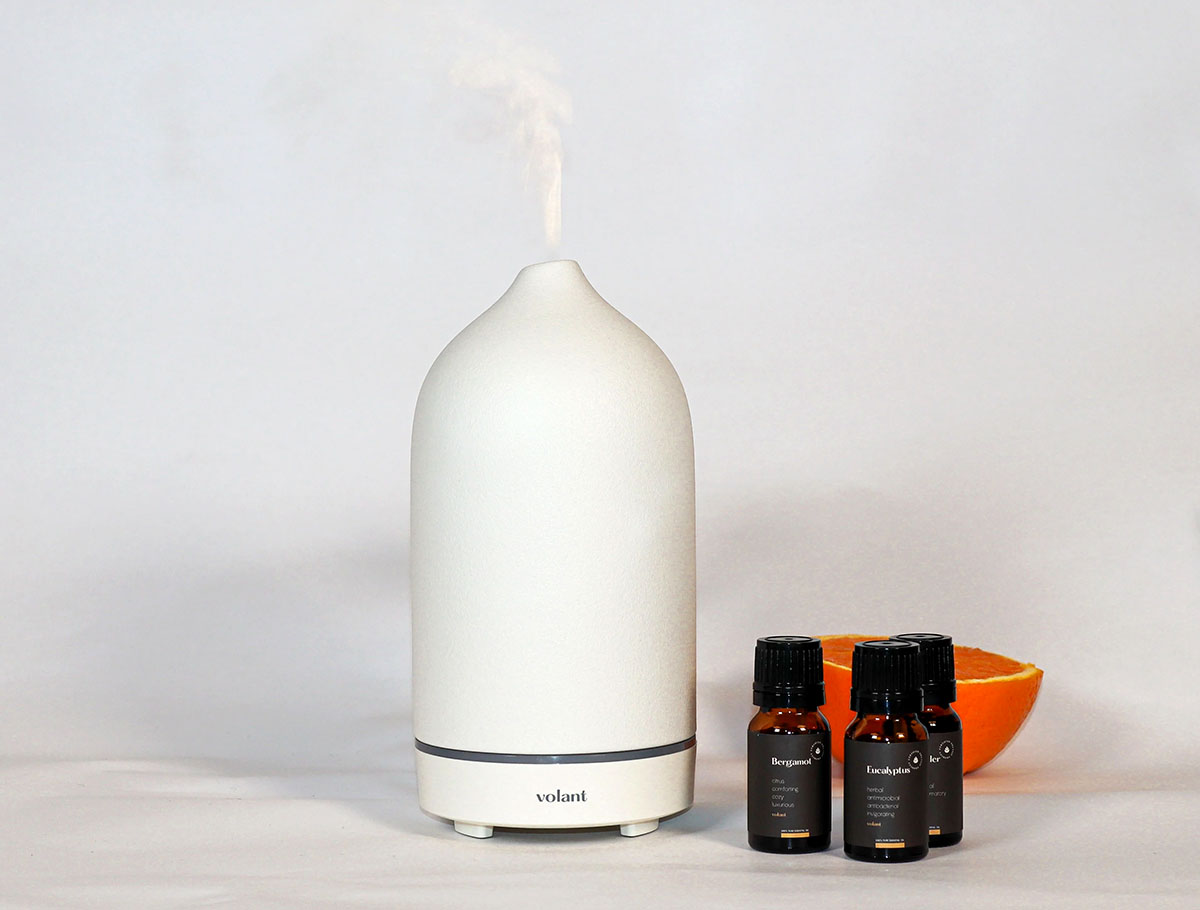
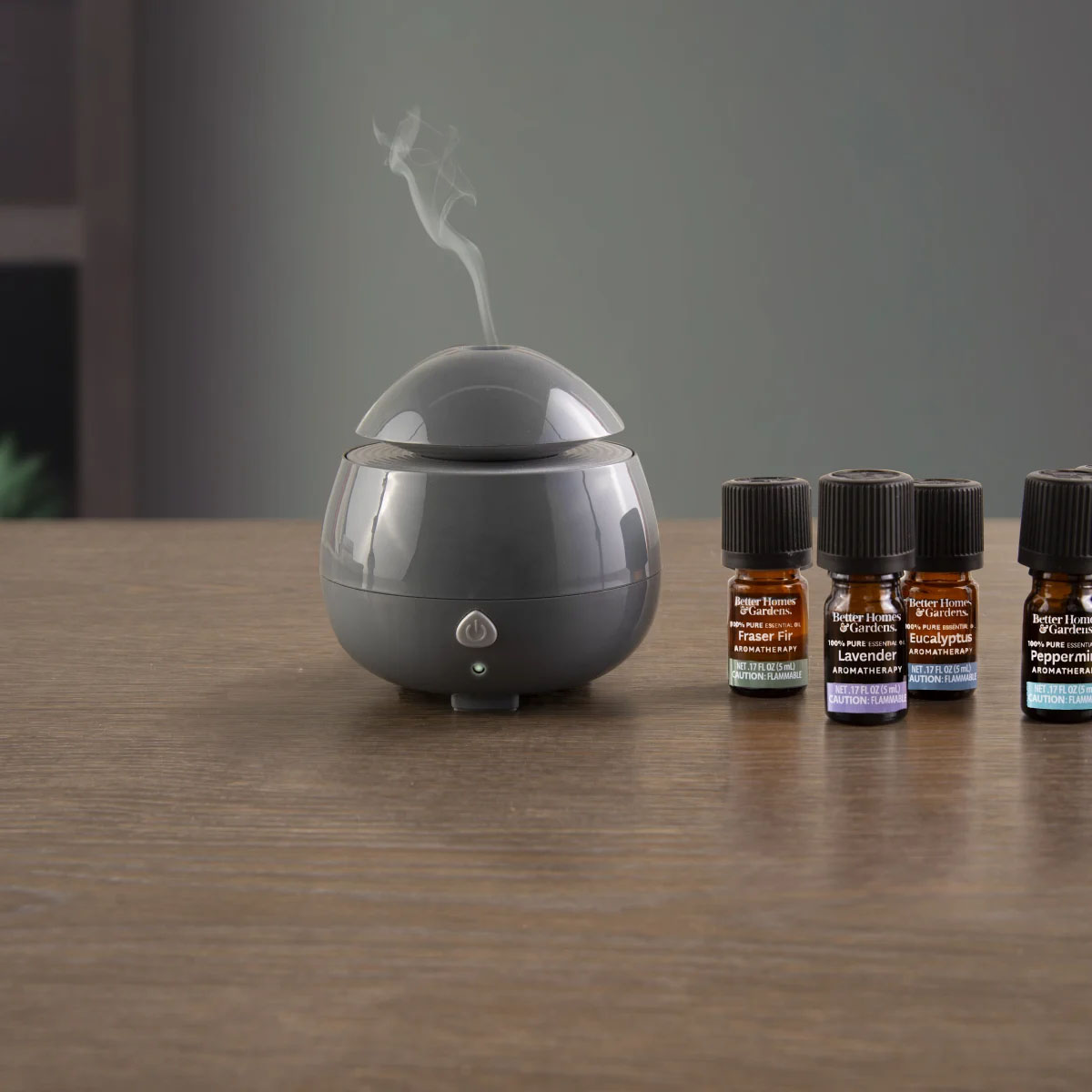
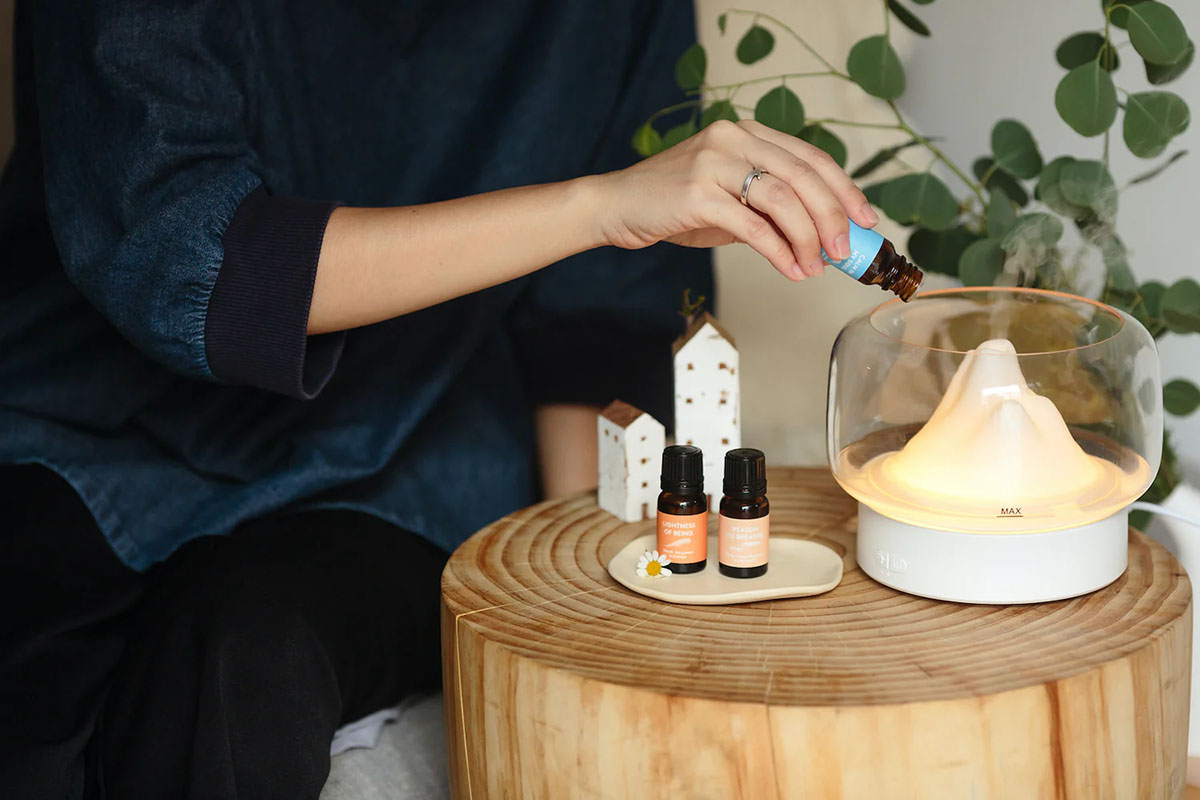
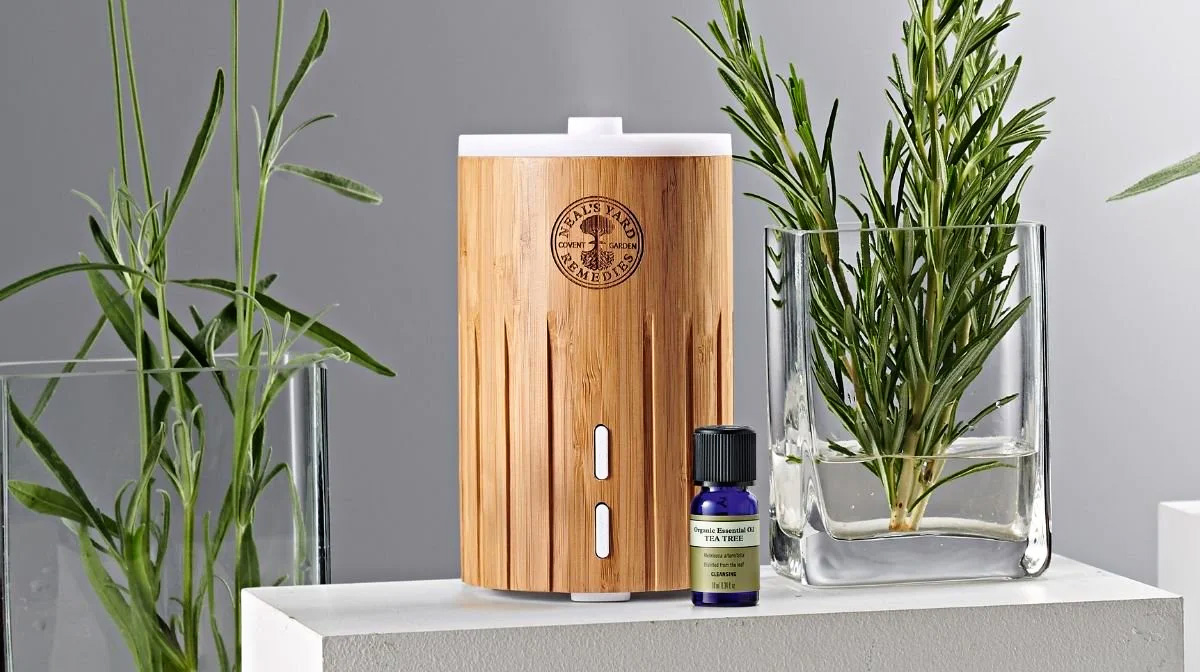
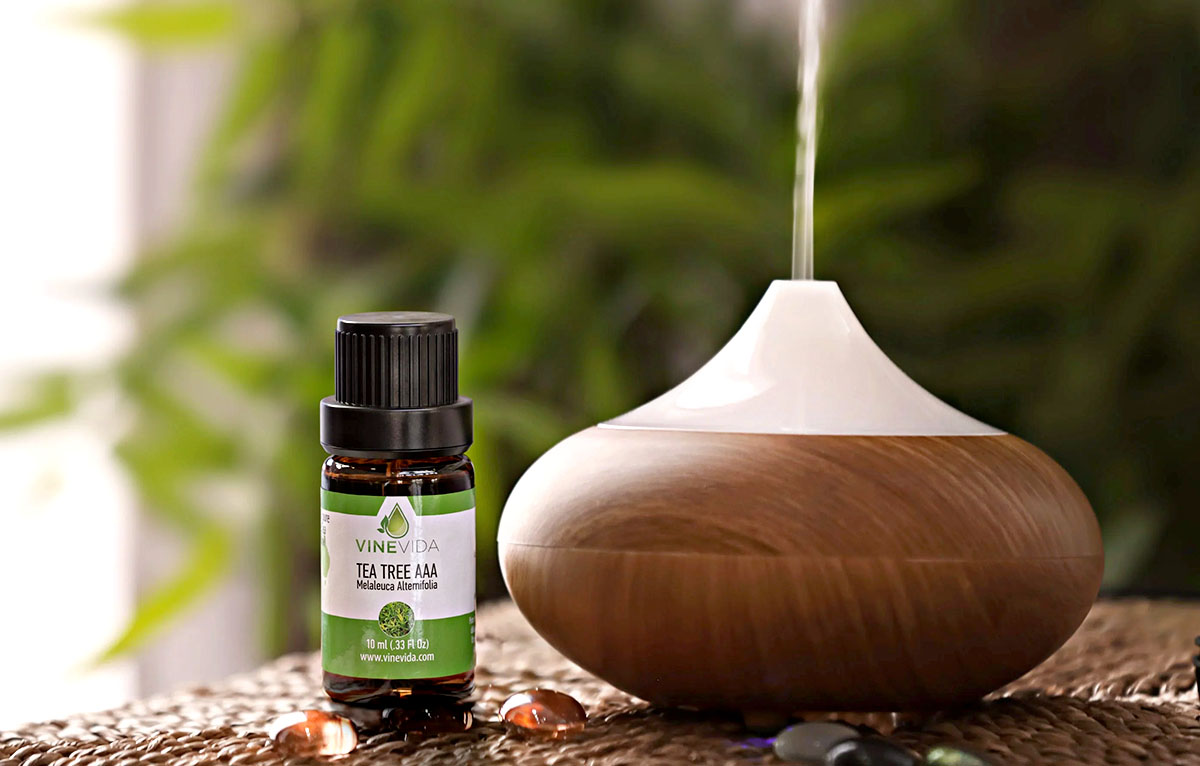
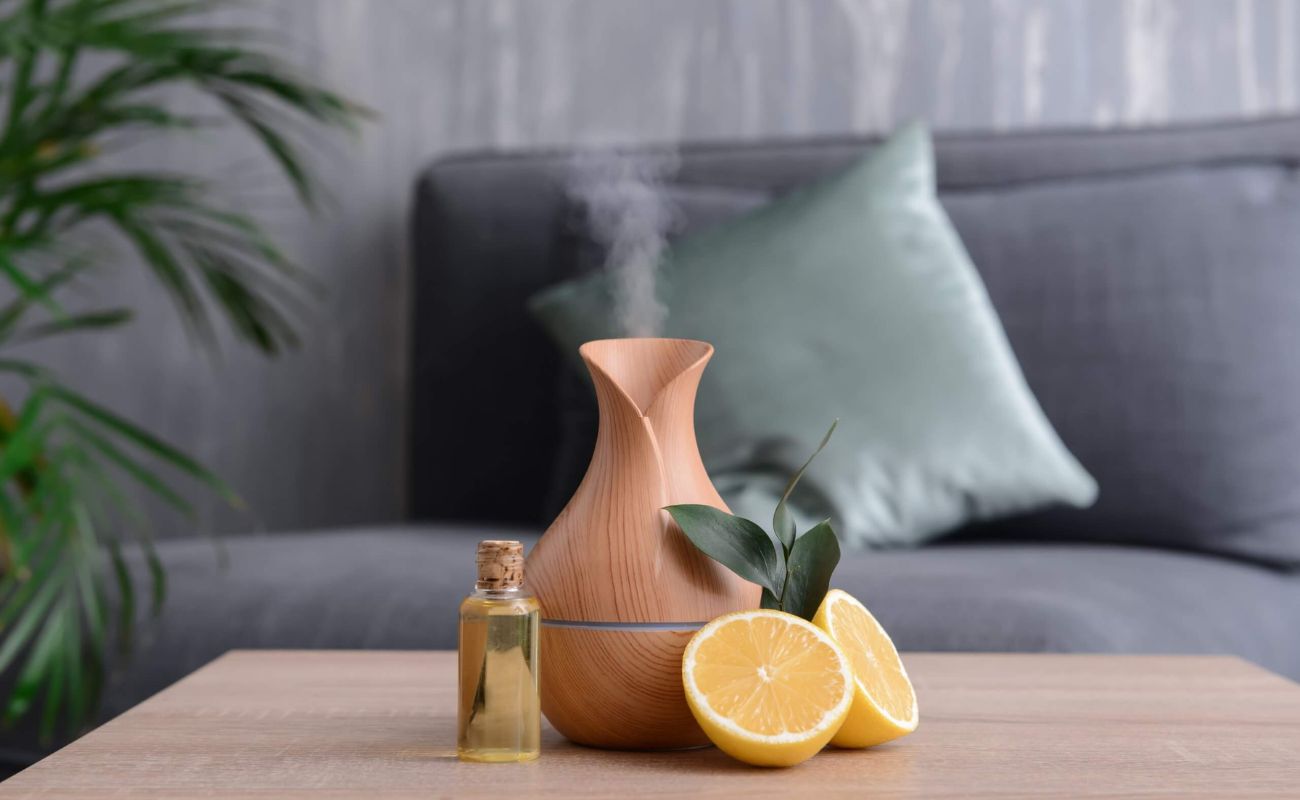
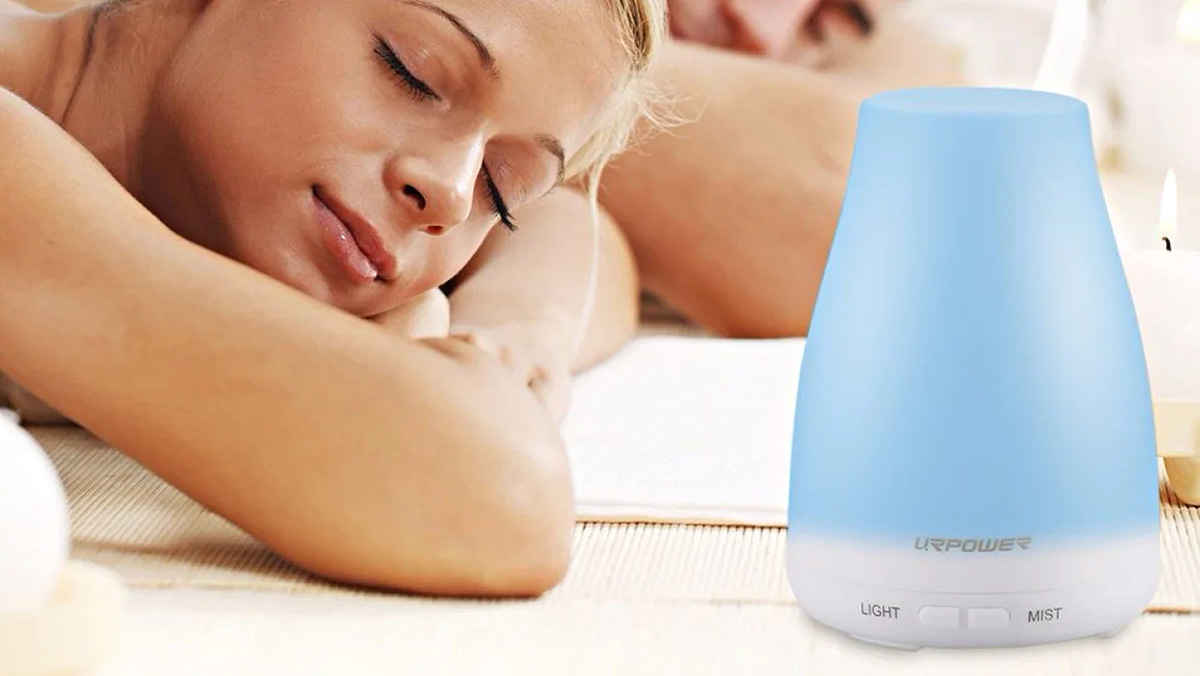
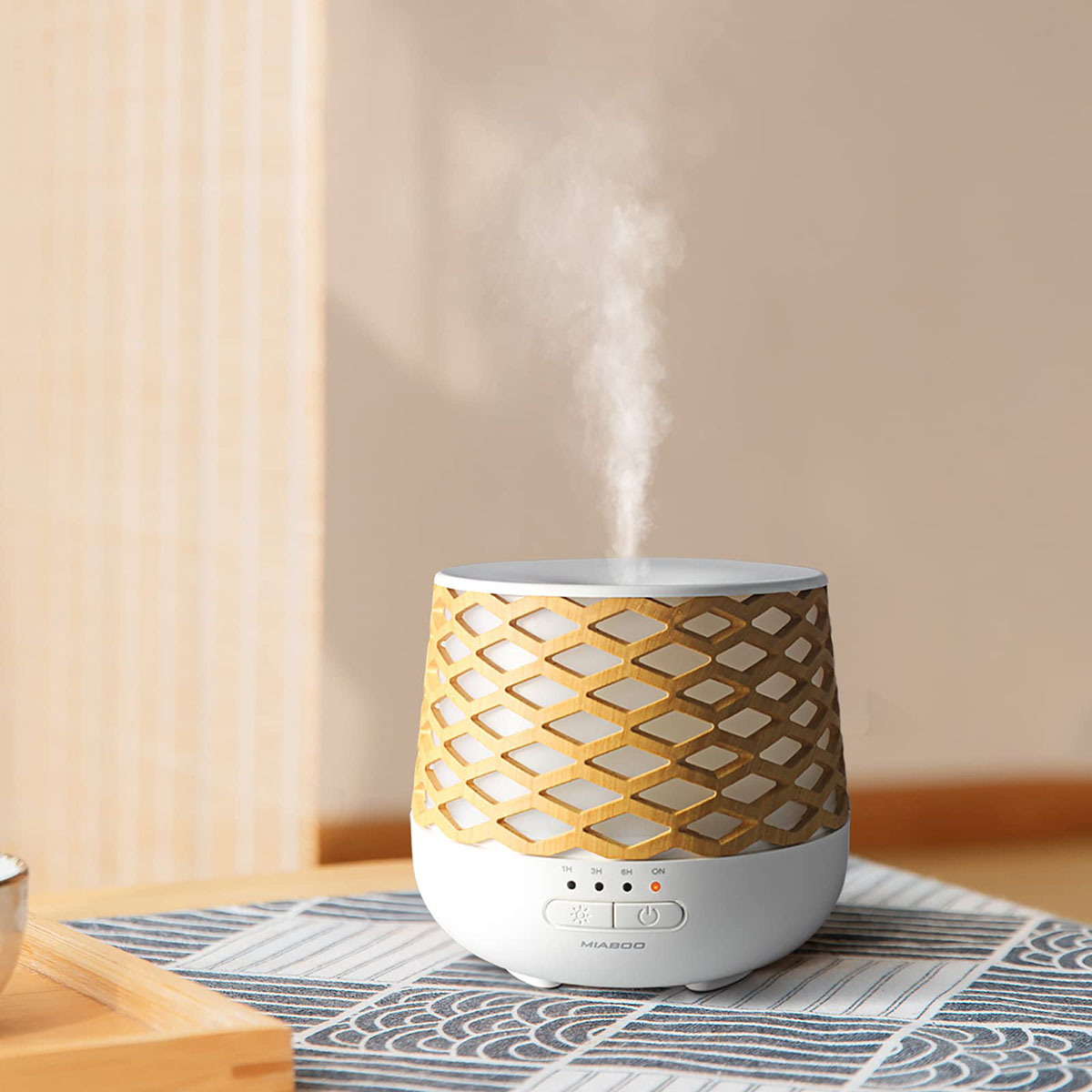
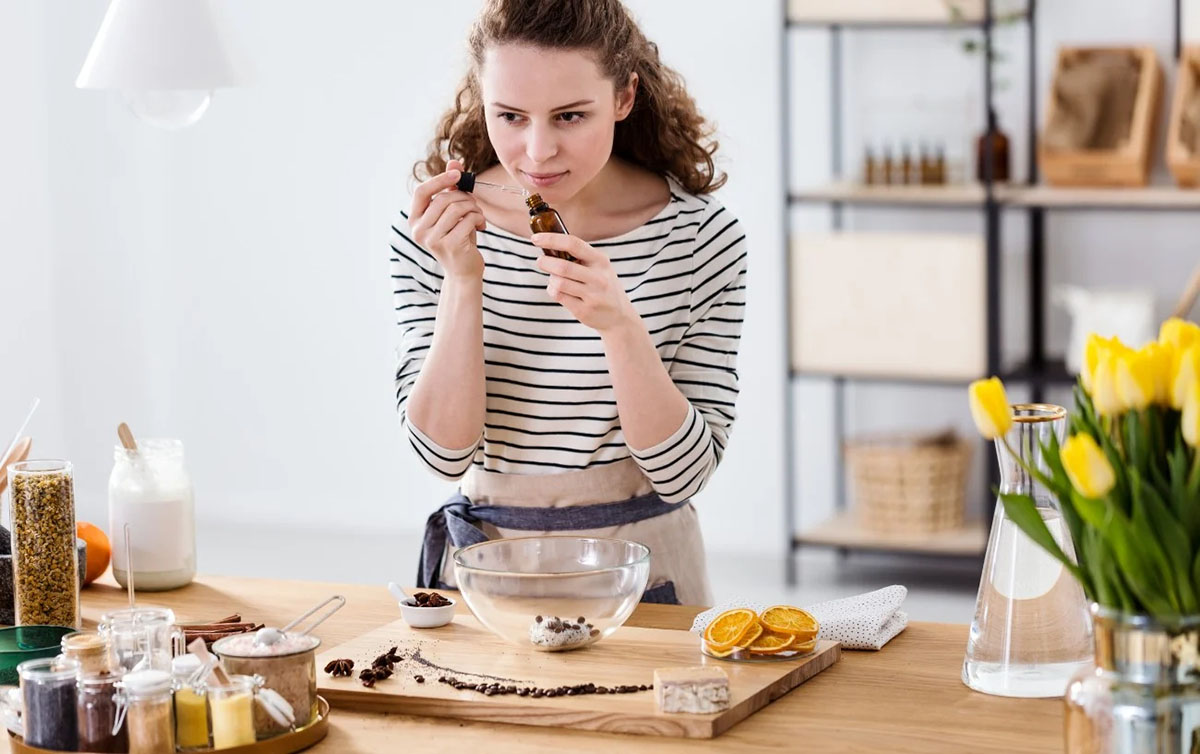
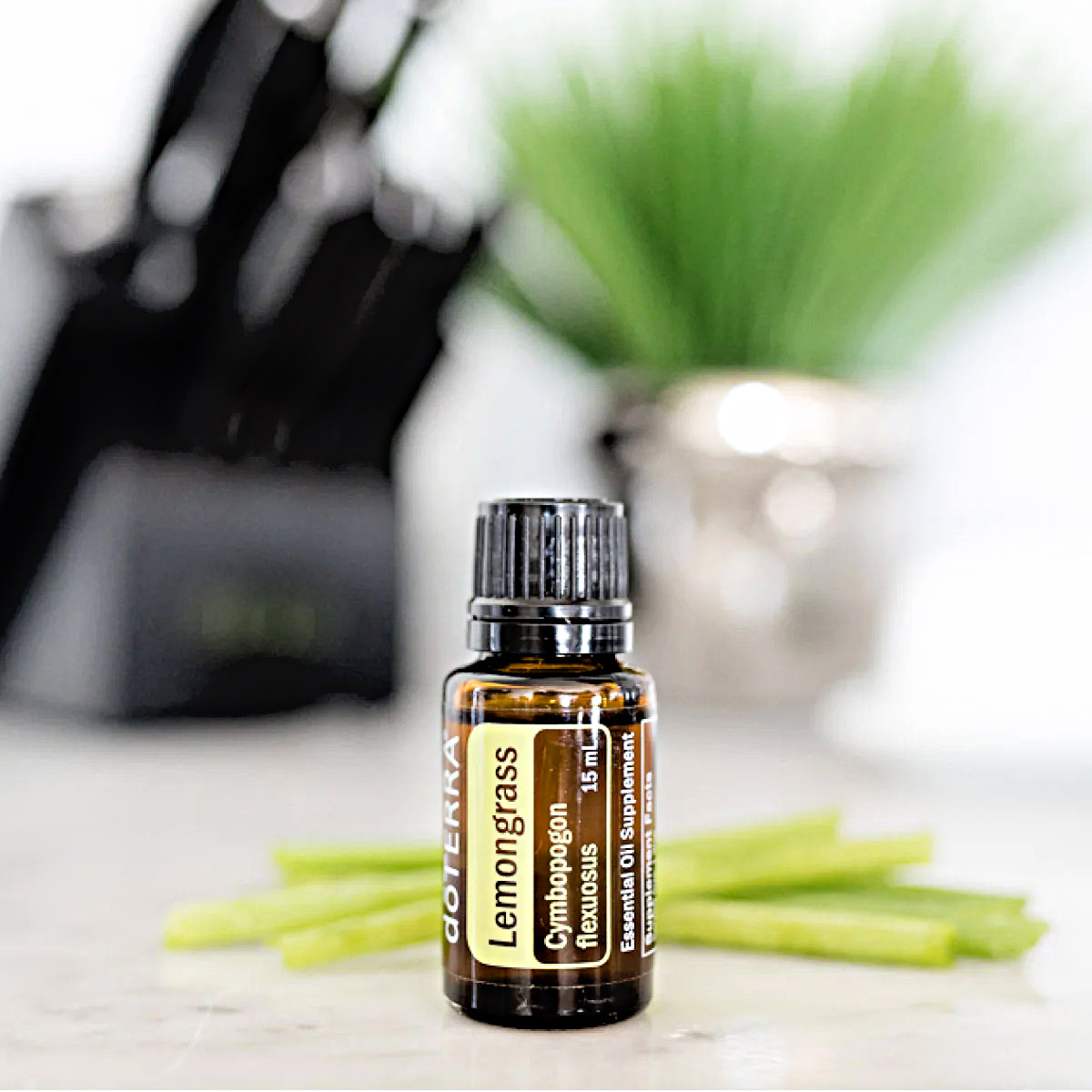
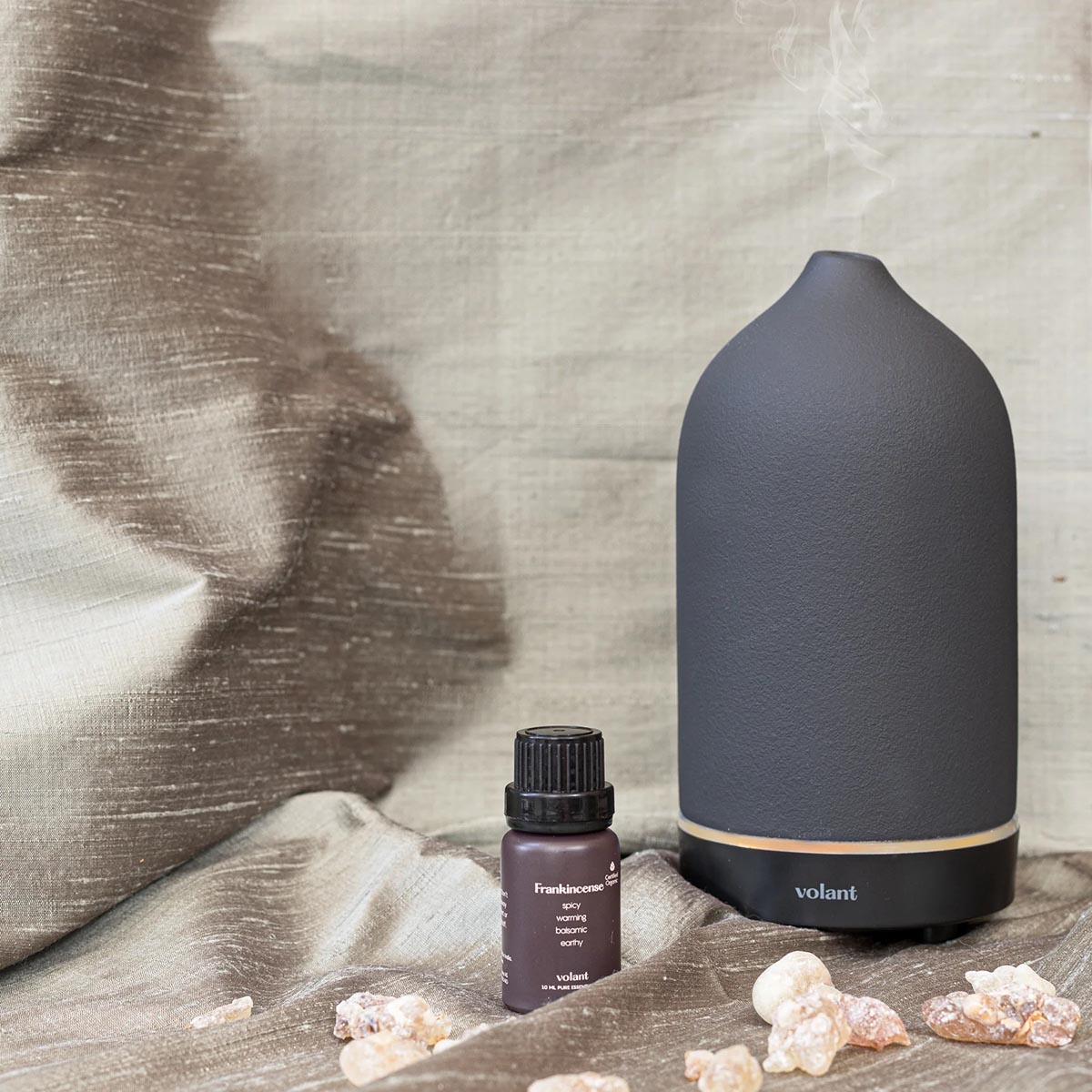
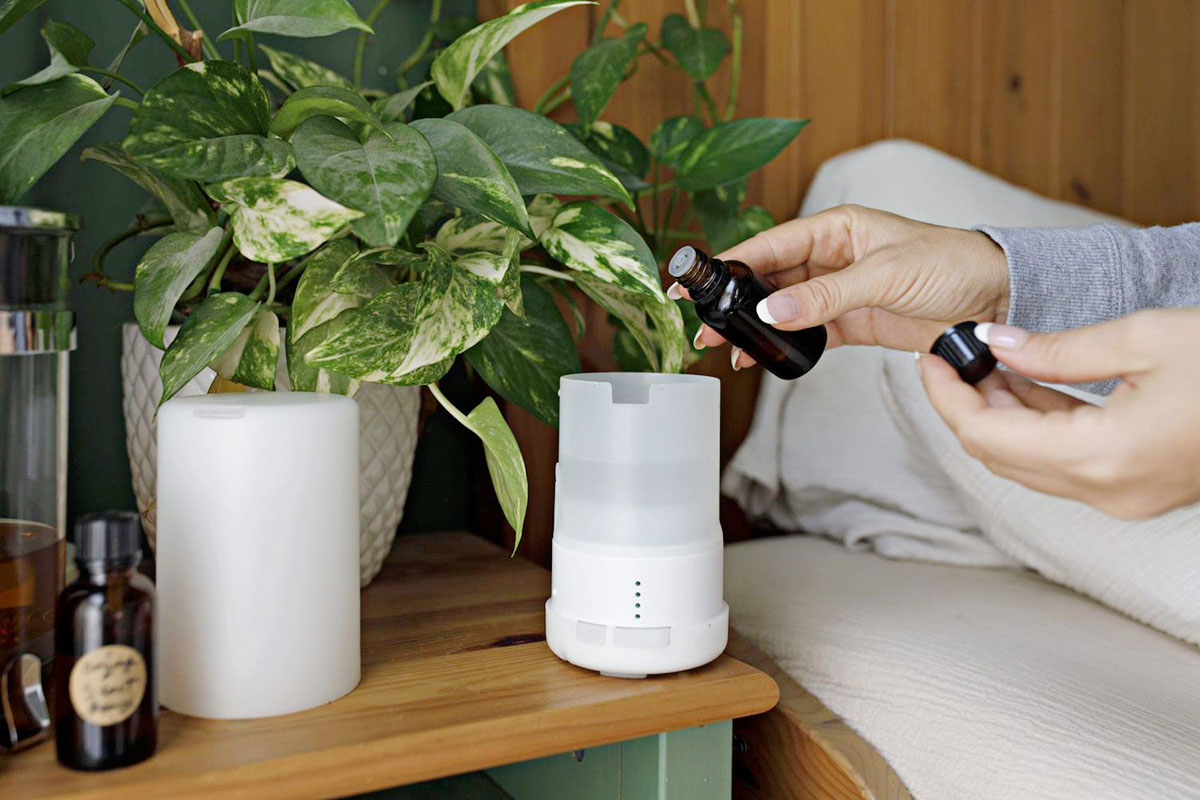

0 thoughts on “How To Make Lemon Essential Oil For A Diffuser”